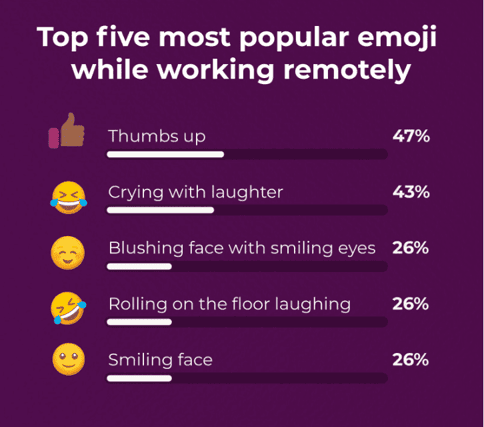Half of UK workers feel they have grown closer to their colleagues during the pandemic – despite being forced to work separately from their homes.


Half of UK workers feel they have grown closer to their colleagues during the pandemic – despite being forced to work separately from their homes.
Research of 2,000 adults currently working remotely revealed 53 per cent believe they now have a better understanding of their colleagues as human beings.
Advertisement
Hide AdAdvertisement
Hide AdAnd 43 per cent think it’s easier now to actually connect with their colleagues than it was when they were in the same office.
Over the past year, workers have bonded by virtually meeting their colleagues’ pets (44 per cent), and by learning about their interests through their backgrounds on video calls (40 per cent).
Almost four in 10 (38 per cent) even feel they have become closer to those they work with after meeting their family over video calls, while 37 per cent have had more opportunities to message about personal interests.
More than a third (36 per cent) also said informal communication has allowed them to see more of their colleague’s personalities, which has also helped them to get to know each other.
One year milestone
Advertisement
Hide AdAdvertisement
Hide AdCommissioned by Slack, the survey was completed after reaching the one-year milestone of many people beginning to work from home as a result of the COVID-19 pandemic.
It also found 59 per cent believe communication between colleagues has become much more informal since beginning to work remotely.
Nearly four in 10 (37 per cent) “always” or “often” send emojis, with the 'thumbs up' emoji revealed to be the most popular (47 per cent).
Stuart Templeton, Head of Slack in the UK, said: “Especially during a time when many of us are working remotely, emoji have given us a way to express ourselves more quickly, clearly and with joy.
Advertisement
Hide AdAdvertisement
Hide Ad“While emoji can be playful, they’re far from counter-productive. In fact, emoji can help unlock nuances that make interactions more empathetic, authentic and efficient.
“Nobody wants another ‘reply all’ email, but a quick ‘thumbs up’ emoji is great.
“As companies look to reinvent work with new and better tools and methods of communication, one thing is for certain: emoji in the workplace are here to stay.”
Office Banter
The study revealed Brits are maintaining office banter and their sense of humour during lockdowns, with the 'crying with laughter' emoji (or face with tears of joy) being the second most popular emoji for respondents to use with their co-workers, followed by the blushing face with smiling eyes (26 per cent).
Advertisement
Hide AdAdvertisement
Hide AdBut 62 per cent of emoji users said using the images has made them feel more connected to their colleagues.
It also emerged that since working remotely, 51 per cent of those polled via OnePoll, have had increased feelings of solidarity with their co-workers.
And 43 per cent said their colleagues know more about them now than they would have in the workplace.
This increased connection might be one of the reasons why 68 per cent of respondents never want to go back to the “old way” of working.
Advertisement
Hide AdAdvertisement
Hide AdStuart Templeton, from Slack, added: “We could never have predicted how fast the shift to a new era of work would accelerate over the past year.
“Flexible working models and digital tools have enabled us to be more efficient and productive than most would have imagined possible.
“This reinvented way of working unlocks us from the physical constraints of the office, the in-person meetings and the daily commute.
“Now is our moment and opportunity to solidify a world that is more inclusive and flexible. This will allow us to truly connect — perhaps more than ever before.”
Advertisement
Hide AdAdvertisement
Hide AdTOP FIVE WAYS REMOTE WORKING HAS ALLOWED CO-WORKERS TO CONNECT1. I’ve met their pet(s) over video calls (44 per cent)2. I’ve learned about their interests through their background on video calls (40 per cent)3. I’ve met their partner or kids over video calls (38 per cent)4. We’ve had more opportunity to message about personal interests (37 per cent)5. Informal communication has allowed us the chance to see each other’s personalities (36 per cent)